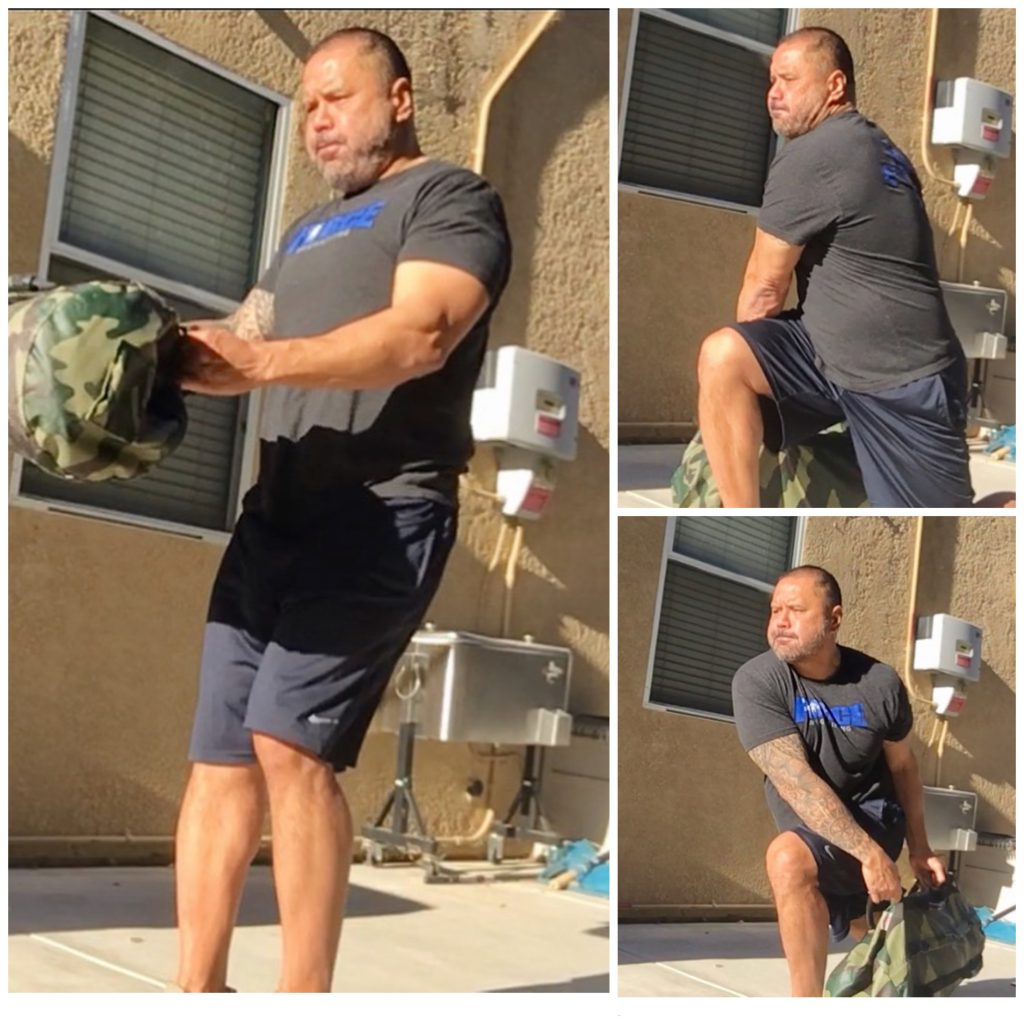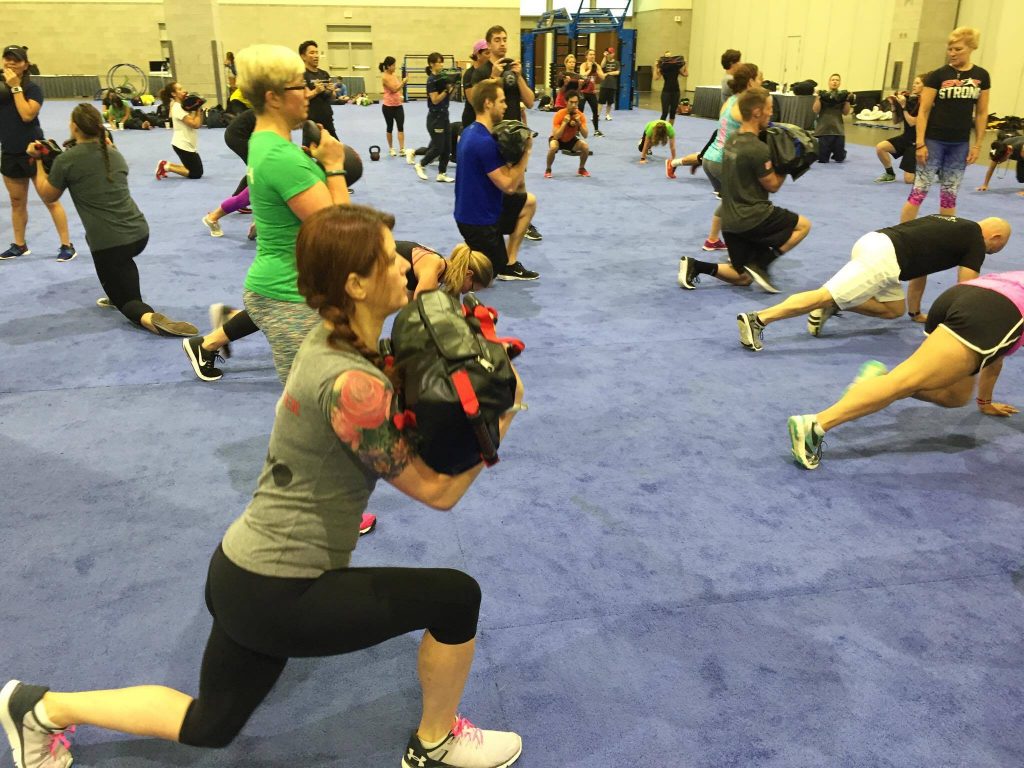3 Things Go Wrong with HIIT Workouts
2017-12-12

Going to the gym was pretty standard practice for me in the late 1990’s. Made sure to get a good warm-up started, perform all the weight training, and then of course had to hit the mandatory thirty minutes or more of aerobic training. This formula was the key to having all around fitness at the time. For many, this may still be quite common, but there has been one big revelation. That is the rise of high intensity interval training (HIIT).
The idea of HIIT seemed to be too good to be true as I heard strength coach, Charles Poliquin, talk about it being the ultimate fat loss tool in the early 2000’s. Who would NOT prefer being able to get a better result in less time? This was after all the original selling point of HIIT. We could spend LESS time training and actually achieve the fitness goals that most of wanted.
Over the years the science has backed up that HIIT isn’t a fad or fallacy. HIIT has become “THE” training method of just about every training style, bootcamps, at home workouts, even elite athletes. Possibly not surprising is that with the increased popularity of HIIT we have lost the key concepts that make HIIT a juggernaut in any fitness program.
The reality is we can trace the most common mistakes of HIIT workouts to three ideas. If you can take these concepts and apply them you will be one of the few that actually gets the illustrious results that HIIT promises.
You Don’t Go Hard Enough
It wasn’t until I met renowned strength coach, Robert Dos Remedios (Coach Dos), that I realized that many people weren’t performing HIIT in many of the truest senses. What Coach Dos brought to my attention is that if you look at how most people structure HIIT workouts they follow either a one to one or negative rest interval. What does this mean?

A very common protocol for HIIT is a 30 seconds of work and 30 seconds of rest cycle. As Coach Dos pointed out to, “have you ever REALLY sprinted for 30 seconds, all out?!” When you think about running has hard as possible for a 30 second time period you quickly realize that 30 seconds of rest is nowhere near enough time to recover. After 30 seconds of rest your lungs still may be burning, your breathing may be sky high, and the idea of being able to perform another 30 second all out effort seems virtually impossible.
Yes, this means people often forget the “high intensity” part of HIIT. They perform 30 seconds of work, but it is often paced with very sub-maximal effort. Many lifters just “pace” the 30 seconds and lose much of the value of HIIT. It is the intensity that is a key factor in achieving the results that HIIT can offer.
The work by Japanese researcher, Dr. Izumi Tabata, that is often cited as many as the use of HIIT workouts showed that elite athletes would work to levels that would make them nauseous. In today’s fitness world you see people doing 20 seconds of biceps curls, sorry, not the same!
Does this mean you have to want to be sick each cycle? No, but Coach Dos has another way of raising the intensity and quality of work you perform. Instead of the classic 30 seconds on and 30 seconds off, or Tabata of 20 seconds work 10 seconds of rest, try this….15 seconds of work and 45 seconds of rest, or 20 seconds of work and 40 seconds of rest.
At first glance that doesn’t sound that difficult, but there is a standard to try to achieve. Coach Dos’ recommends using a weight you can perform ten repetitions and aim for eight repetitions each interval. Why less? You are going to repeat these efforts so you are going to accumulate fatigue. This standard also gives you an idea of how much weight to use as well, no more pretty colored aerobic weights, we want to challenge the weight we use!
Such a method may not seem that hard, until you actually perform it and the it is the idea of rest that throws many people off about HIIT and is largely responsible for the physiological changes HIIT causes and our second common mistake.
You Don’t Rest Enough
I know, you want to run from exercise to exercise as fast as you can. You don’t want your heart rate to come down and you want your lungs to feel like they are going to jump out of your chest. This may surprise you though, that isn’t the point of HIIT at all!

Many fail to realize that HIIT is high intensity interval training. The interval component of what makes HIIT largely successful is allowing for adequate rest as well. Without the recovery component we negate the value of EPOC (exercise post-oxygen consumption). It is EPOC where much of the “magic” of HIIT occurs, with estimates of such training raising our metabolism up to 38 hours after training.
Of course though we live in a world if resting 45 seconds is good isn’t resting 15 even better? Not really, this changes the physiology of what is happening and we start to get far more an aerobic than anaerobic training effect. If you are training hard enough, you will be VERY happy to get that positive rest interval (where work is less than rest time). Not working at the right intensity and allowing for the proper rest will actually prevent you from reaping all the benefits of HIIT.
Bad Exercise Selection
Having the right effort level, load, and planned intervals are three big elements to successful HIIT. The last one that might seem odd to cover is choosing the right exercises. The popularity of HIIT has caused all sorts of “interesting” workouts to be posted all throughout the internet. What often stands out is the poor exercise selection that many workouts make in such programs.
Improper exercise selection comes really in two forms. The first is not focusing on “big bang” exercises. You want to emphasize exercises that integrate a lot of muscles at once and the bigger ones at that. This means biceps curls, leg extensions, crunches, and the like are NOT good exercises for HIIT.
Just because something is a HIIT workout doesn’t mean we don’t use good concepts of programming either. As with any good training program we want meaning and purpose behind it, not just obliterate you! Creating a workout that is well rounded focusing on movement patterns beyond just muscles, is a more efficient way to create your HIIT workout. What would that look like? Here are two examples of how you can have purposeful variety in your HIIT workouts and avoid the overtraining that often follows many well intended programs.

When you consider the different directions we can do all of these patterns you quickly it doesn’t take much effort to have a pretty innovative training program that makes you better, not just tired!
The above circuits are meant to be performed as a circuit. This prevents from too much fatigue accumulating at any one movement and allows you to perform at a higher intensity longer while also building real world strength.
In the second workout you will find the Ultimate Sandbag Lateral Drag and Farmer’s walks do deviate from what we discussed. Having these two exercises was deliberate to demonstrate two common questions. HIIT exercises don’t always have to be explosive, or fast. Those movements that load the body and are done at a very deliberate slow pace can additionally raise the intensity to great new heights and is an easy way to build resiliency of the body at the same time.
Exercises like loaded carries or sled work may not normally fit into our typical HIIT protocols. They are better served with longer intervals and can have a 1:1 work to rest ratio. It is due tot he fact that like our slower drills just mentioned, that carries and sleds often benefit from longer time under tension periods.
Now that you understand what makes for a good HIIT program, the question probably will be “how often do I perform HIIT?” If you aren’t already using these strategies I would recommend beginning twice a week with another two days of training at lower intensities. Going too frequent with HIIT may drain your recovery and lead to feeling like you can’t progress in your training. The beauty of what Coach Dos has outlined is an easy feedback system of when to go heavier, when you’ve gone too light.
You can perform all the repetitions of every exercise? Go heavier?
You are failing to hit the range of repetitions for more than two sets in a row? You’ve probably gone too heavy.
Good HIIT doesn’t have to be complicated, but it SHOULD be based on the real science of high intensity interval training.
Learn more about how DVRT is changing how people train. Check out our great DVRT workout programs for 25% off with coupon code “holiday” HERE
© 2024 Ultimate Sandbag Training. Site by Jennifer Web Design.






